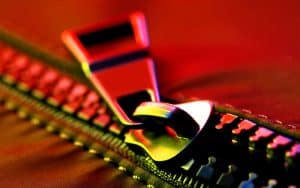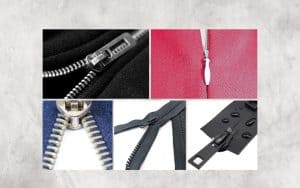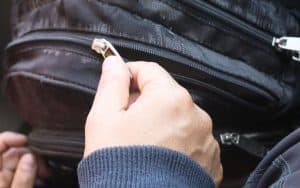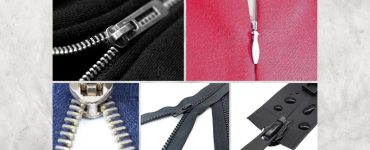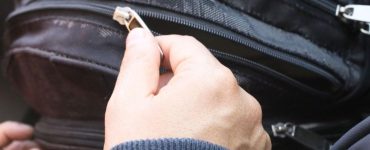Camping is an amazing experience. It gives you the chance to get away from the hustle and bustle of everyday life and enjoy nature. However, there are some things you need to keep in mind if you want to enjoy your trip to the fullest.
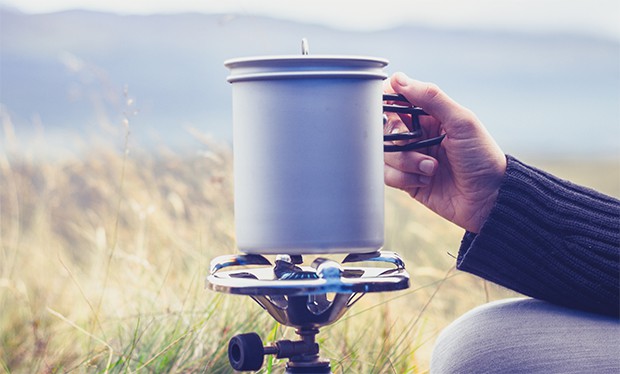
One of these things is boiling water. Hot water is essential for making morning coffee, tea, etc. So, here are some ways on how to boil water camping in the wild.
Using Traditional Kettle
The most common way of boiling water when camping is using kettle. You can use a stove or fire to heat up the kettle with water inside it. Then, once the water boils, pour out into cups or mugs. This method works well but requires fuel which may not be available at all times. This method works best when you don’t have access to electricity.
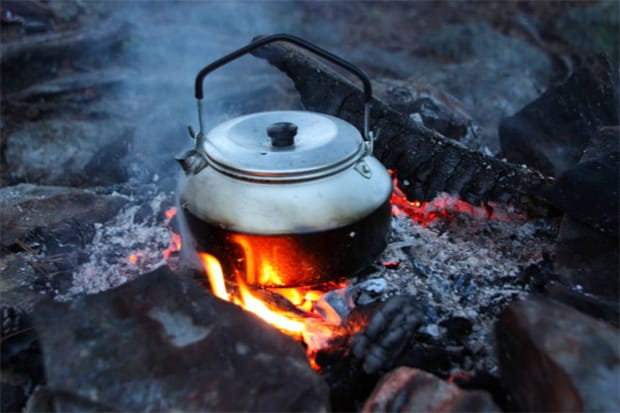
Pros and Cons of Using Kettle
Pros
- Easy to use
- No additional equipment required
Cons
- May require fuel
- May take longer than other methods
Using Electric Kettle
If you happen to have access to electricity, then this is one of the easiest methods of boiling water while camping. All you need to do is plug-in the electric kettle and wait until the water starts boiling. Once that happens, just turn off the power source and let the water continue to boil. The only downside about this method is that it takes time before the water actually begins to boil. If you are planning to make instant noodles, then this might take too long.
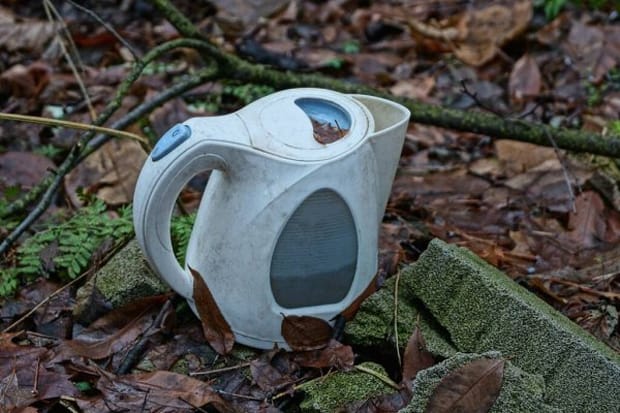
Pros and Cons of Using Electric Kettle
Pros
- Quicker than traditional kettles
- Less hassle compared to traditional kettles
Cons
- Takes more space
- Require electricity
Solar Power Kettle
This is another great option if you plan to camp during summer season. Solar panels work by absorbing sunlight through their surface. When they absorb enough energy, they start generating electricity. That means that whenever you place them near direct sunlight, they will generate electricity which in turn power the electric kettle. In fact, many people prefer using solar panel over other options because they produce less pollution as compared to stoves.
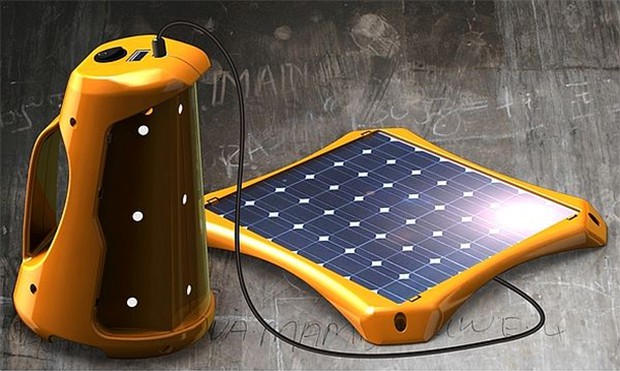
Pros and Cons of Using Solar Power Kettle
Pros
- Environmentally friendly
- Produces no smoke
Cons
- Needs direct sun light
- Not suitable for rainy days
Jet Boil Stove System
Jet boil stoves are unique products. They can boil water at very high speeds, but they are also compact and versatile. Backpackers love them because they are easy to use and efficient. But they are a bit more expensive than most of the other options.
However, the main drawback to this stove is that it is not very useful for cooking elaborate meal, but it is good for boiling water, so it is great for use with freeze dried food.

Pros and Cons of Using Jetboil
Pros
- Fastest way to boil water
- Compact size
- Versatile
Cons
- Expensive
- Not suitable for cooking large meals
We have an article that compare two models from Jetboil: Jetboil Minimo Vs Flash
Internal Flame Kettle
With the internal flame kettle like Kelly Kettle , you can boil up 1.5 liters (about 4 cups) of water in just a couple of minutes. Made from traditionally spun aluminum, the kettle can be heated using twig or other forest debris.
You simply need to start a fire in the stove, put the kettle on top, then fill it with water. When the whistle sounds, your drink is ready for drinking. Like other biofuel powered stoves, the downside to this water boiling method is that you need to have some kind of wood to burn if your want to boil water.
Fun Outdoor Quiz
But when it comes to convenience, durability and ease of use in the backcountry, there is nothing better than the Kelly Kettle. You can check out our article which compare two popular internal flame kettles: Ghillie Kettle vs Kelly Kettle

Pros and Cons of Using Internal Flame Kettle
Pros
- Easy to operate
- Durable
- Efficient
Cons
- Needs fuel
Good Old-fashioned Pot
The most easy method for boiling water is using the old-fashioned pot. It doesn’t require any special equipment except for an campfire where you need to hang the pot of water over it. Simply add water into the pot, cover it with lid and wait until the water boils. After that, remove the lid and serve!
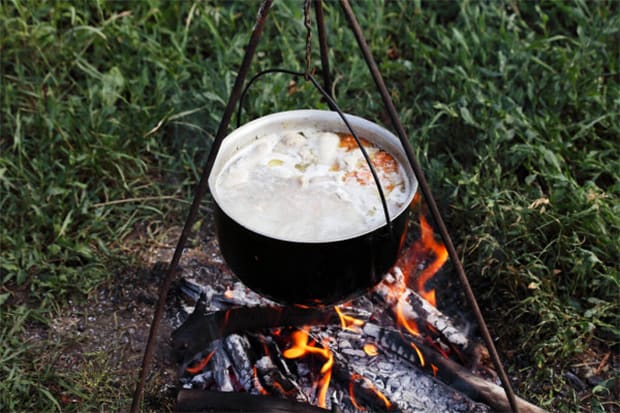
Pros and Cons of Using Pot to Boil Water
Pros
- Convenient
- No extra gear required
Cons
- Can only boil small amount of water
- Difficult to clean
Portable Stove
Using portable stove to boil water is probably the simplest solution. However, it does come with its own set of problems like having to carry fuel along with you. You may end up burning yourself due to lack of proper ventilation. Also, since these stoves run out of gas quickly, you’ll need to keep refilling them frequently.
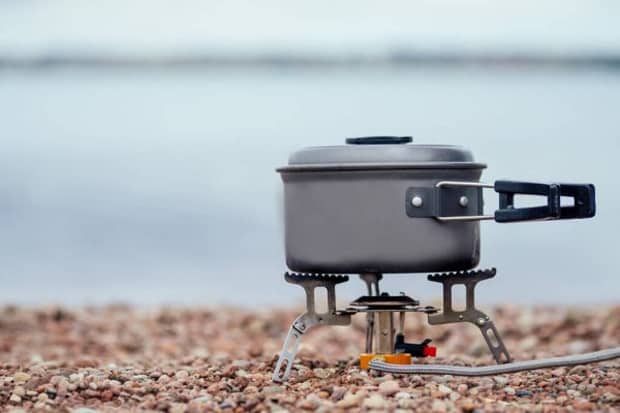
Pros and Cons of Using Portable Stove to Boil Water
Pros
- Simple to use
- Cheap
Cons
- Requires frequent refueling
Solar Water Heating Bags
These bags come in different sizes depending on how much water you would like to boil. For example, the small bag holds around 2 gallons of water and the large bag holds 5 gallons. These bags are made from nylon material and they are designed to keep hot air away from the contents. So, even though these bags aren’t ideal for making cup of coffee, they are perfect for heating water quickly.
Additionally, the best part about them is that they do not emit harmful gases while being used. This makes them safe for adults with kids.

Pros and Cons of Using Solar Water Heating Bags to Boil Water
Pros
- No pollution
- Safe to use
Cons
- Expensive
- Heavy
- Not meant to boil water
Portable Water Heater
Using portable water heater to enjoy easy access to hot water when you’re out camping or hiking. Ideal to wash dishes, bathe, or prepare hot beverages, this propylene-fueled water heater dispenses hot tap water at temperatures up to 120 degrees Fahrenheit. Simply fill its included 5-gallon tank with drinkable water, twist the dial to select the desired temperature, and enjoy the warmth in as little as 30 minutes.
These portable water heaters are designed to heat water for washing and bathing. They are not designed to boil the water for drinking purposes. So, they are best for washing and bathing. However, if you are looking for a way to boil water for camp chores, then they are one of the most efficient options available.

Pros and Cons of Using Portable Water Heater to Boil Water
Pros
Cons
- Used for heating water only
- Only good for washing and bathing
- Does not work well as a boiler
Using Electric From Your Vehicle
If you don’t mind using the battery from your car or camper to power the electric kettle, then this option might work well for you. All you will need is a 12V DC adapter which plugs into the auxiliary power outlet or cigarette lighter. Once plugged in, you can boil water using the kettle.
This method requires no additional tools except you need a kettle with cigarette lighter plug. However, since the electricity runs through the vehicle’s electrical system, you may drain out the car’s battery.

Pros and Cons of Using Vehicle to Boil Water
Pros
- Convenient
Cons
- Cause pollution if vehicle is running
- Will drain vehicle battery
Charcoal Grill
If the site you are going camping have charcoal grill, then you should consider using it as a means of boiling water. Charcoal grills produce very high temperatures so they are great at boiling water. Just place the pot inside the grill and let it simmer.
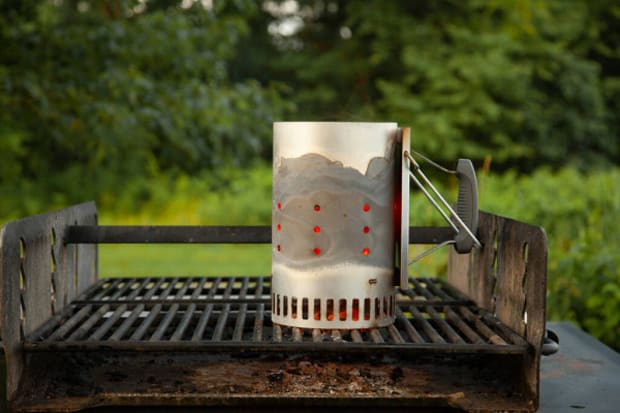
Pros and Cons of Using Charcoal Grill to Boil Water
Pros
- Boil water fast
Cons
- Can be dangerous due to fire hazards
- May cause carbon monoxide poisoning
Biofuel Stove
These stoves combine the energy efficiency of a gas powered camp stove with the environmental friendliness of burning biofuel. You don’t need to carry fuel or worry about running out of fuel while camping. They also burn wood and other forest debris, so you don’t need any extra fuel.
However, since they require wood and other woodland material to operate, they aren’t very useful in icy, alpine climates. Additionally, they’re slightly less efficient than their fossil fuel counterparts, and take a bit longer to boil water.
But, if your time is limited and you want to avoid carrying fuel, these are a great option for heating water to a rolling boil. However they do require some practice to get them working properly.
If you are a earth lover then you might want to skip this as an article from Deccan Chronicle reported that Biofuel stove are actually more polluting than traditional cookstoves.

Pros and Cons of Using Biofuel Stove to Boil Water
Pros
- Easy to use
Cons
- Expensive than traditional methods
- Less efficient
Flameless Ration Heaters
Flameless ration heaters are a very weird way of trying to boil some water as they can get hot enough to boil water, or warm it up for other purposes. But they’re just too dangerous to use without proper training due to the fact that it uses chemical reactions to generate up to 203ºF. However, it is not recommended to try to purify water due to this.

Pros and Cons of Using Flameless Ration Heaters to Boil Water
Pros
Cons
- Dangerous to use without proper training
- Not suitable for purifying water
Safety Tips of Boiling Water While Camping
When boiling water on a campsite, there are certain safety precautions that must be taken. First off, make sure that you always keep an eye on the pot. If you see smoke coming from the top of the pot, immediately remove it from the flame. Also, never leave children unattended near pots containing boiling water. It could cause burns or scalds.
Another important thing to remember is that you shouldn’t drink the water after it cools down. This is because bacteria grows quickly once the temperature drops below 140° F. In those cases, you should consume the boiled water right away.
Best Water Source For Boiling
The source of water used for boiling depends upon where you plan to go camping. The following table lists the different sources of water suitable for boiling:
| Water Source | Best Use After Boiling |
| Rainwater | Drinking |
| River/Stream | Cooking & Bathing |
| Pond | Cooking & Bathing |
| Lake | Cooking & Bathing |
| Well | Drinking |
Related Questions
Why You Need to Boil Water?
Boiling water kills bacteria, viruses, parasites, and many types of microorganisms. It removes impurities from water by breaking down minerals like calcium carbonate and magnesium hydroxide.
It also helps remove chlorine and chloramines from public water supplies. Chlorine disinfection agents kill off harmful microbes but leave behind residual amounts of chlorine.
Read our article on why boil water will make it safe to drink.
Can I Use Water Filters Instead of Boiling Water?
Yes! The most affordable way is to use the versatile LifeStraw water filter. This device filters all kinds of contaminants including heavy metals, pesticides, herbicides, pharmaceutical drugs, lead, mercury, arsenic, nitrates, radon, E-coli, cryptosporidium, giardia, cysts, and more.
The LifeStraw is a versatile device that inserts into a dirty water source, while the other end goes directly into your mouth, allowing you to take a quick drink without having to remove it from the stream. With only two simple steps, it is easy to use.
How To Treat Rainwater for Drinking
You can treat rainwater before filtering it to make sure there are no contaminants present. This process involves adding chemicals such as iodine tablets, potassium permanganate, sodium thiosulfate, and silver nitrate. These chemicals help prevent bacterial growth and reduce the risk of getting sick.


